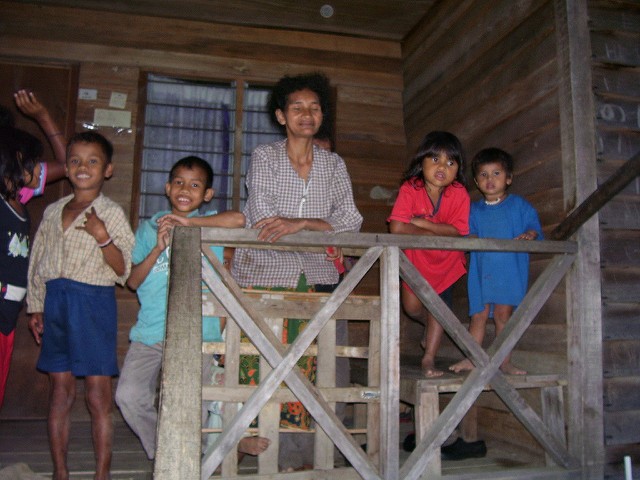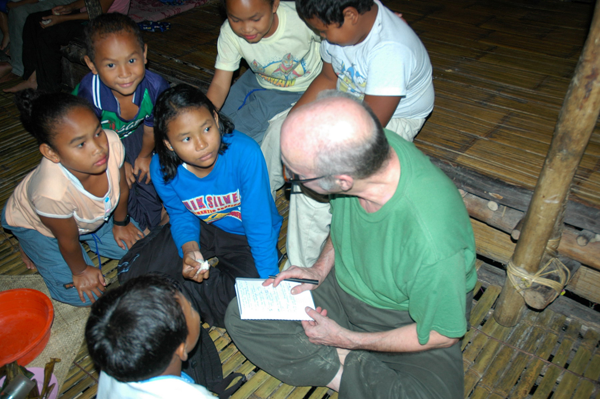The Orang Asli Crafts Museum in Kuala Lumpur recently featured the cultures and the history of the Semai and the Mah Meri societies of Malaysia in a special, two-day event. According to an article last week in The Star, a Malaysian newspaper, visitors learned about the traditional beliefs, tools, and clothing of the two Orang Asli (Original People) groups.

The museum, organizing the exhibition under the theme “The Lively Museum” (Semarak Muzium), included for visitors such activities and interactive displays as Orang Asli cultural performances and cooking demonstrations. Visitors were allowed to use blowpipes to shoot darts at balloons–a popular feature of the exhibition.
One display featured the fabrication of traditional clothing from tree bark. It showed how the Semai stripped bark and pounded it on a hard surface in order to soften it and make it more flexible. The bark was then left to dry before being made into articles of clothing such as capes and skirts. Most photos of the Semai taken today show them wearing standard western clothing.
Robert Dentan, an expert on Semai society, mentioned traditional clothing in a journal article (2001) that is available as a PDF in the Archive of this website. Dentan wrote that Islam in Malaysia, the dominating state religion, has had a tendency to try and assimilate the entire cultural world of the minority, indigenous people.

That tendency shows up in the Malay domination of Semai clothing choices, he said. He wrote that Islamic dominance is manifest in the lives of the Semai primarily “as deprivation: food taboos, fasting, circumcision, prudery, heavy clothing, and subjection of women and girls (p.95).” Dentan continued by quoting some Semai people as saying, “’It’s more than we can stand.’” However, neither the article in The Star, nor the website of the museum itself, commented on those issues.
The Star reporter also described the Mah Meri dancing performances and the hand-carved wooden masks that they use, which were also part of the cultural festival.